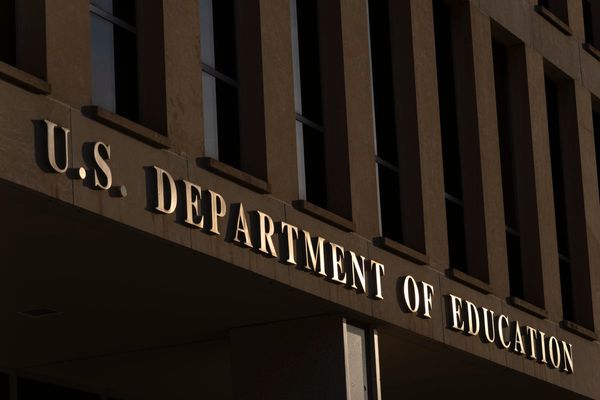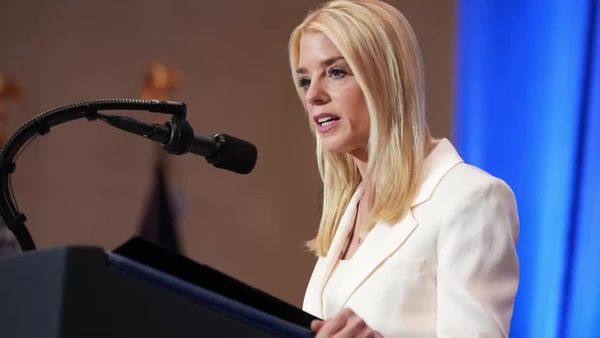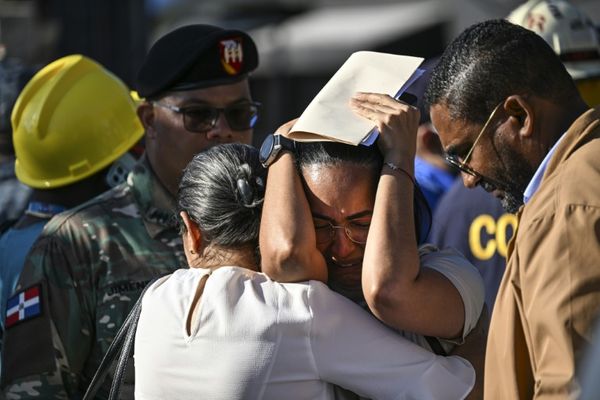
The NHS has significantly reduced the amount of IVF procedures it provides across the UK, leaving infertile women either unable to access treatment or forced to pay for it privately.
Barely one in four (27%) of cycles of IVF during 2022 were paid for by the health service – the lowest figure since 2008 and a sharp fall on the 40% which it provided in 2012.
The sharp fall in recent years is revealed in the latest annual report by the Human Fertilisation and Embryology Authority (Hfea), which regulates fertility treatment in the four home nations.
Women desperate to have a child are facing a postcode lottery in care which is linked to the fact that many people wrongly believe that childlessness is “a lifestyle choice”, experts say.
The National Institute of Health and Care Excellence (Nice) has told the NHS in England to give all women who qualify three cycles of IVF. However, that rarely happens, with provision being patchy.
Dr Kevin McEleny, the chair of the British Fertility Society (BFS), said women are the casualties of a widespread variation in the availability of IVF which is “heartbreaking and so unfair”.
“Cost-cutting by NHS funding bodies who should implement the Nice IVF recommendations [means] patients in one part of the country are unable to access NHS-funded fertility treatments that people in a similar situation elsewhere in the country can.
“Infertility is recognised as a health problem. Yet many people still see involuntary childlessness as a lifestyle choice, and this attitude reflects why it doesn’t get the NHS funding it deserves,” he added.
The number of NHS-funded cycles of IVF fell by 17% in England, 16% in Wales and 7% in Scotland between 2019 and 2022, the Hfea found. The East Midlands of England saw the biggest fall during that time, down 48%, but in Yorkshire and the Humber it rose by 17%.
The BFS, which represents fertility specialists, is “very concerned that an increasing proportion of people are having to pay privately to receive IVF treatment that they should be entitled to receive on the NHS. It risks creating a situation where only wealthy people can afford IVF. Are we saying that the affluent make better parents?”, said McEleny.
Would-be parents are selling their homes, cashing in pensions, cancelling their weddings and maximising the limit on their credit cards in order to fund private fertility treatment, because of rising fees and inadequate NHS provision, a report by Fertility Network UK found last year.
Fertility patients are also starting treatment later. The average age at which women are first having IVF has risen above 35 – to 35.1 – for the first time since records began in 1991, the regulator said. That is six years later than when women in England and Wales first give birth, at 29, it added.
The trend is due to delays accessing NHS gynaecological care during the Covid pandemic, people’s struggles to fund fertility treatment and cuts to NHS IVF provision, the Hfea added.
However, Julia Chain, the Hfea’s chair, warned women who leave it that late to seek help that they are less likely to have a child. “The chance of a birth rapidly decreases with age,” she said.
McEleny added: “The age of first parenthood has steadily risen since the 1960s for both men and women, reflecting broader societal changes. [But] this worrying trend could impact on success rates.”
In better news, the proportion of women who become pregnant after having IVF using fresh embryo transfers and their own eggs has reached 31%, a big rise on the 21% seen in 2012 – “a terrific result”, McEleny said. However, the chances are much higher for those aged 18-34.
And the proportion of IVF pregnancies resulting in twins or other multiple births has fallen to 4% – the lowest level ever. The Hfea welcomed the fall because multiple births involve a higher risk of late miscarriage, premature birth, gestational diabetes and other problems.
More broadly, the number of births in England and Wales – 598,400 in the year to mid-2023 – has fallen to its lowest level since 2002, Office for National Statistics figures showed last week.
NHS England declined to comment directly on dwindling IVF provision but stressed that local health service bodies should provide the full three cycles Nice recommends.
A spokesperson said: “While these decisions are legally for local health commissioners, it is absolutely right that they provide equal access to services according to the needs of people within their areas.”







